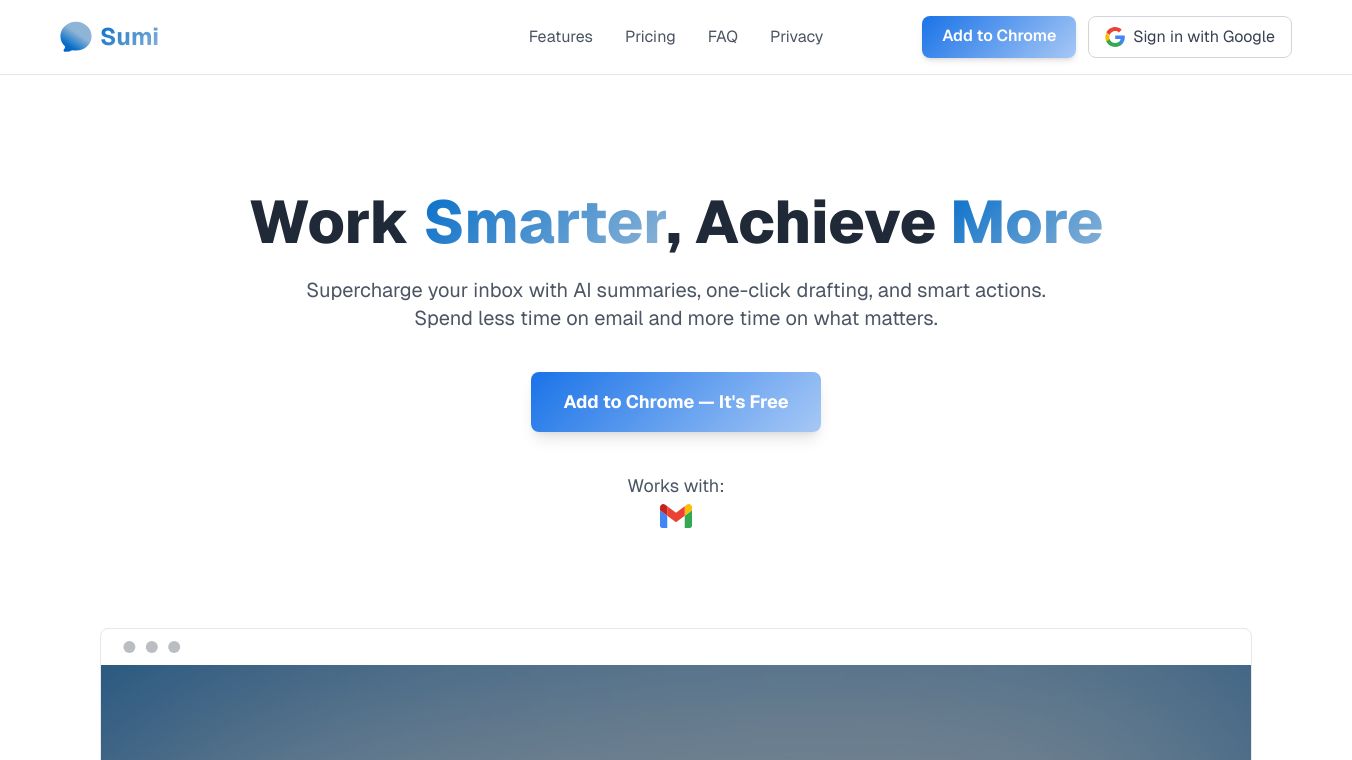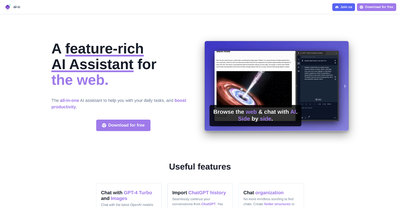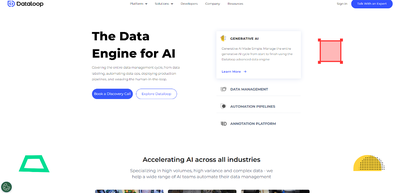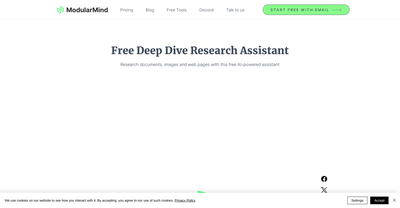Sumi

What is Sumi?
Sumi is a tool designed to measure the quality of software from the end user's perspective. It focuses on evaluating the user experience, which includes factors like satisfaction, efficiency, and effectiveness. Sumi has been around since the 1990s and is backed by over 25 years of industrial application. It uses a scientific method of analysis and is supported by an extensive reference database and an analysis tool called SUMISCO.
Benefits
Sumi offers several key benefits:
- Reliable Measurement: Sumi provides a rigorous and proven method for measuring software quality from the user's point of view.
- Comprehensive Analysis: It evaluates various aspects of user experience, including satisfaction, efficiency, and effectiveness.
- Industry Standard: Sumi is the de facto industry standard questionnaire for analyzing users' experience with internet and desktop software applications.
- Multilingual Support: Sumi is available in multiple languages, making it accessible to a global audience.
- Comparative Insights: The SUMISCO report compares your product to a standardization base, giving you precise insights into how your software performs relative to the market.
Use Cases
Sumi can be used in various scenarios:
- Product Evaluation: Assess new products during product evaluation.
- Comparative Analysis: Make comparisons between products or versions of products.
- Setting Targets: Set targets for future application developments.
- Development Environments: Set verifiable goals for user experience, track achievement of targets during product development, and highlight good and bad aspects of an interface.
- Procurement: Set user experience requirements by software procurers in a testable manner.
Vibes
Sumi has been widely recognized and used by various organizations for its effectiveness in measuring software quality. It has been promoted by many organizations and used in applications and research. The tool has been well-documented and has a strong reputation in the industry.
Additional Information
Sumi was developed by Dr. Jurek Kirakowski. It is recommended for any organization that wishes to measure the perceived quality of end-user experience of software. This includes developers, consumers of software, purchase consultants, and usability or user experience consultants.
Sumi consists of 50 statements to which the user has to reply that they either Agree, Don't Know, or Disagree. The SUMISCO report generator provides an interface to the extensive standardization database developed for Sumi and is regularly updated and maintained.
Sumi is available in multiple languages, including Chinese (mainland), Chinese (Taiwan), Czech, Dutch, English, Finnish, Farsi (Persian), French, German, Greek, Italian, Japanese, Norwegian, Polish, Portuguese, Romanian, Slovenian, Spanish, Swedish, and Turkish. Each language version has been carefully translated and validated by native speakers of the target language.
For reliable results, Sumi recommends a minimum of 20 respondents for online surveys and 12 respondents for personally recruited surveys. However, useful information can be obtained with as few as four or five respondents, depending on the quality of the sample.
This content is either user submitted or generated using AI technology (including, but not limited to, Google Gemini API, Llama, Grok, and Mistral), based on automated research and analysis of public data sources from search engines like DuckDuckGo, Google Search, and SearXNG, and directly from the tool's own website and with minimal to no human editing/review. THEJO AI is not affiliated with or endorsed by the AI tools or services mentioned. This is provided for informational and reference purposes only, is not an endorsement or official advice, and may contain inaccuracies or biases. Please verify details with original sources.





Comments
Please log in to post a comment.